Think gangsters are godless? Think again! Whether it’s to ease a troubled conscience, secure a place in heaven, or protect them from rivals and the police, patron saints and deities often feature in crime. Some are borrowed from mainstream religions, history, or folklore, while others are entirely new. They also range from good to evil, or at least darkly immoral. Here are ten of the world’s best, ranked from least to most frightening.
10. Nino de Atocha
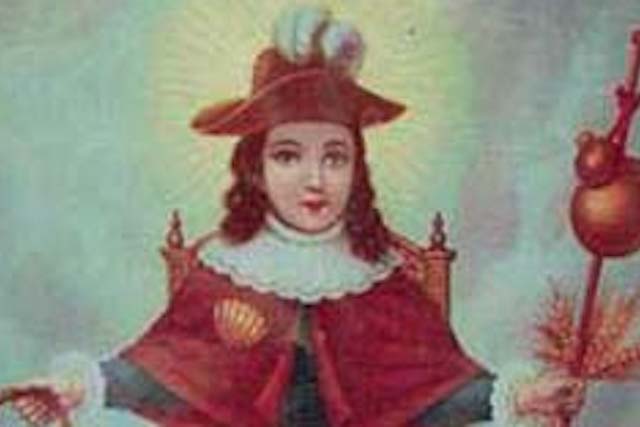
Holy Child of Atocha, Spanish holy child, traditionally depicted with a basket of bread to feed the convicts. How patron saint of prisoners , it is popular with drug traffickers such as Pablo Escobar, the leader of the Medellin Cartel, who had altars in safe houses and visited the shrine while in Spain. El Chapo's son Ovidio Guzman also pays homage; he was wearing the saint's amulet when he was arrested in 2019.
The Holy Child especially popular among hauchicoleros (gasoline thieves) in Mexico. That's why he is often depicted holding a gas canister rather than a basket. In this guise, he goes by the name Santo Nino Huachicolero.
According to the Catholic Church, gangsters use saints (or pseudo-saints, really) to gain public support. But in this case, they are probably defeated by half-price gas.
9. Saint Jude
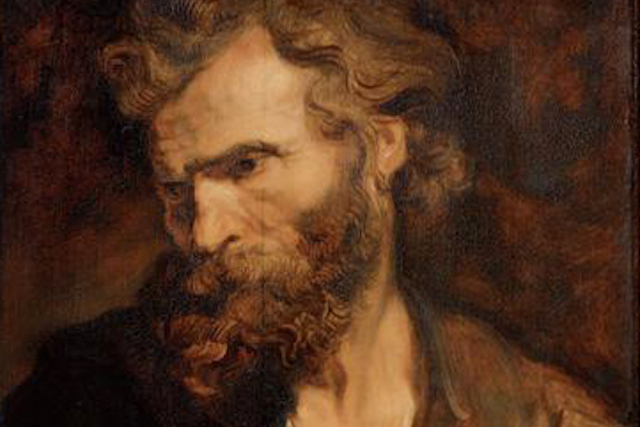
As one of the Twelve Apostles, Saint Jude is the only "addict saint" recognized by the Catholic Church. He is also known as San Judas Thaddeus (Saint Jude Thaddeus). Traditionally, he is the last choice to pray for help, in case the prayers to Jude will reach Judas Iscariot , the apostle who betrayed Jesus Christ.
Being the last refuge on the path, he is the patron of the hopeless hopeless cases — the first choice for criminals, prisoners, “youth on the fringe,” and fugitive drug lords like Benjamin Arellano Felix. In fact, St. Jude is so popular in the criminal underworld that police keep tabs on his center of worship, the San Hipólito church in downtown Mexico City. Once a month, thousands of worshipers, including some of the most notorious gangsters, descend on the church and the surrounding boulevards, giving undercover cops a chance to update their mugshots.
The saint, who wears a green robe with a flame on his head, is credited with all sorts of "miracles," including keeping fugitives, thieves and drug dealers out of jail. But criminals have it all wrong, according to a priest in San Hipolito. "Saints won't help you do bad things or engage in illegal activities," he says. he told Vice in 2016 . Conversely, St. Jude is also popular with the police.
8. Amaterasu
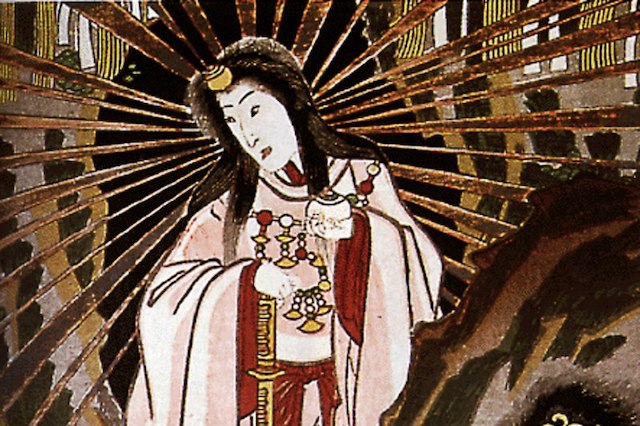
Goddess of the Sun Amaterasu — the main deity of Japanese mythology — the daughter of the creators Izanami and Izanagi . Managing Takama no Hara ('High Heavenly Plain'), Amaterasu (whose name means 'shining in the heavens') is the head of the kami , or spirits, and is worshiped throughout Japan. She is also revered by the yakuza, who honor her with rituals of worship and the initiation of new members. In one famous legend, Amaterasu retreats from the world into a cave, bringing disaster to heaven and earth.
Various specializations The yakuza may worship other patron deities. For example, one of the two main branches, tekiya (merchants who originally traded in medicines) reveres Shinno , the god of medicine, and the other main branch, bakuto (players), respects Hachimana , the god of war. However, all yakuza revere Amaterasu and the Emperor of Japan.
An important ritual she participates in is Sakazuki , or "Exchange of Cups." The ceremony is held in strict secrecy at a time and place that is not revealed to the participants until moments before. The ceremony centers on an altar beneath three scrolls, each representing a god. Amaterasu on the right, the Emperor on the left, and Shinno in the middle.
7. Jesus Malverde
In Mexico, Jesus Malverde is a mythical hero of the poor and oppressed. In essence, he is Mexican Robin Hood with a thick black moustache and a neckerchief. Mal verde Translated from Spanish, it means "bad green", a nickname the folkloric bandit earned by hiding in the bushes in green camouflage, then jumping out and robbing passers-by. Typically, his victims were rich, and the loot was divided among the poor. Hence other names such as Malverde, Generous Bandit and Angel of the Poor.
He is also considered a real person, at least by those who respect him. According to legend, Malverde's real name was Jesús Juárez Mazo. Said to have lived between the late 19th and early 20th centuries, he was (allegedly) hanged by the government on May 3, 1909.
Today, he belongs to a tradition of "narco-saints" worshipped by drug traffickers like El Chapo, who see Malverde as an image of themselves - especially in his home state of Sinaloa. roadside temple The saint has become a popular place of worship. However, his image appears throughout Mexico on figurines, candles, key chains, T-shirts, and more.
6. Guan Yu

The legendary general Guan Yu was a real historical figure , the loyal duke of the warlord Liu Bei. He is also a character in classical Chinese literature. Romance of the Three Kingdoms" . Also known as Guan Gong and Emperor Guan, he has become an important deity in Hong Kong, with shrines all over the city. He even features in Hong Kong popular culture, including film series "Young and Dangerous" .
Statues of Guan Yu usually depict him with a halberd in his right hand. But if you see a man with a halberd in his left hand, he may belong to the triad - at least, according to rumors .
While Guan Yu is worshipped by a wide range of people, from businessmen and police officers to ordinary individuals, the triads revere him as the embodiment of their the most cherished values : humanity; honesty; obedience; wisdom; loyalty; and faith. It is also a reminder of their strict moral code.
5. Saint Michael

Mafiosi are known for their displays of religious devotion, with altars often found in their hideouts. However, the Catholic Church, which is the target of this devotion, has remained largely silent on the matter. Only recently have popes openly condemned the Mafiosi. Pope John Paul II was the first, to which they responded by bombing several churches. Then, in 2014, Pope Francis formally excommunicated Mafia associates for engaging in "worship of evil." But that didn't stop them.
For example, the Calabrian 'Ndrangheta mafia has two patron saints: the sword-wielding archangel Saint Michael and the maternal Madonna di Polsi (Our Lady of Polsi, dedicated to a local apparition of the Virgin Mary). ) . 'Ndrangheta leaders from all over Italy and the world gathered at the famous Sanctuary of the Madonna in Calabria.
Although there are different ranks incomplex hierarchical structure 'Ndrangheta associated with different saints, members swear allegiance to Saint Michael and the Madonna. The initiation ritual, or "baptism" , involves cutting the finger and dripping blood on a prayer card of St. Michael or the Madonna, which is then burned and the ashes applied to the cut. So in 2007, when a violent blood feud culminated in the murder of six young men outside a restaurant, Investigators found prayer cards and a statue of St. Michael, as well as images of the "Mother of God" in the backyard.
4. Maximon

When you see some images of Maximón, also known as San Simón, you'd be forgiven for thinking it was Jesus Malverde; he often has the same moustache "cowboy-gangster aesthetic" But this wish-fulfilling saint is a Mayan god whose belief goes back to pre-conquest period Guatemala. He's also a bit of a trickster; in one legend, fishermen asked him to be faithful to their wives, and Maximon slept with each of them.
Although Maximon's followers are mostly Catholic (hence his connection with Saint Simon), the Church tends to regard him as the devil and worship him as witchcraft. It is easy to see why. one prayer for protection he is conjured "in the name of Satan, Luzbel and Lucifer."
Its priests are heavy drinkers, often practicing in private homes surrounded by bottles of Quetzalteca rum. But there is also the San Simon shrine in San Andrés Itzapa, a town in the Guatemalan highlands. This is Maximón’s mecca, a blue-and-white temple draped in incense. Pilgrims come from all over Central America to pour rum over Maximón’s effigy and the tobacco in his lap before praying for some material benefit—perhaps a new home or protection from jail. Alternatively, they might ask the witches outside to cast a curse on their enemies.
3. Bawon Samdi
In Haitian Voodoo, Bawon Samedi (aka Baron Samedi) is in charge of the largest Liva family ( spirits), gede , which personify death and fertility. Therefore, he has unparalleled knowledge of the land of the dead. Whenever he goes to the land of the living, he wears dark glasses that allow him to keep an eye on this realm. He is also depicted wearing a purple and black top hat and tails, and carrying a long black cane with a skull-shaped handle.
Bavone is a trickster god who mocks the living with his careless and offensive behavior. He smokes heavily, swears, is "depraved and dissolute," enjoys eating black goats and roosters, and drinks intoxicants such as black coffee, vodka, and gin. He also drinks clairene , a type of rum he makes himself from 21 hot peppers, and which he does not will cope no other liva . Services traditionally take place from October 31 to November 2. This is the Haitian Festival of the Dead or Fet-Gede , during which death and sexuality are celebrated with song, drumming, dancing, prayer and wealth lion Bawon Samdi and his wife, Grandma Bridget, are the guests of honor.
It's easy to see why Bawon appeals to criminals. In 2021, Wilson Joseph — the leader of the 400 Mawozo gang) — actually dressed up as him, summoning the spirit to threaten politicians and police in a publicly recorded video. Haitian dictator François Duvalier also directed Bawon Samdi. Like many gods, he appears in various guises, one of which is even more criminal in nature: Baron Criminel, "The Saint of All Criminals" , is called upon to intervene in mundane criminal justice. It is said that when he appears, he makes people question what is truly right and wrong - outside the law - and who is truly innocent.
2. Corofo
Nigerian email scam gang Black Axe is more brutal than many people realize. In addition to sharing scam templates (or “formats”) on secret message boards, members (known as Axemen) share photos of their mutilated victims. They call these unfortunates mugu or Maye , which means "idiots."
At home, Black Axe is considered a cult. Not only does it selectively recruit young men with few legitimate prospects, it also has occult style initiation ritual, involving brutal beatings, symbolic rebirth, and a pledge of allegiance to the gang. This is where Corofo comes in, summoned with words like "may Corofo squeeze the life out of you if you ever betray the movement" - the "movement" being the Neo-Black Movement (NBM) from which Black Axe emerged.
Korofo, often shortened to "Krf" or "Kf" on the internet, is pretty nondescript for a god. It's unclear what he looks like or even what he does other than kill life, perhaps because he's only a few decades old. He, or rather, his , seems to have been mistakenly deified in the 1980s. According to the NBM's own research, Korofo was not originally a god at all, but aja ile ('underground cult'). A traditional Yoruba spell that mentions his name states: 'Korofo is the one who consulted the oracle about Olodumare [God] and declared that his death would never happen.' Black Axe is simply changed the name Olodumare to his own, henceforth honoring Korofo as a protector.
1. Santa Muerte
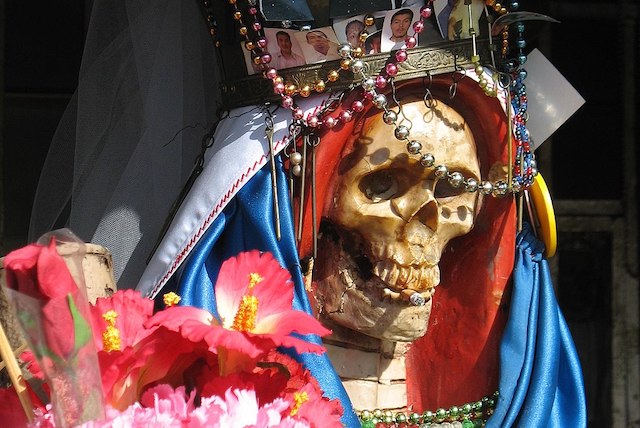
Unlike other “narco saints,” Santa Muerte is not considered a real person. In fact, she is the embodiment of death. Also known as Saint Death, she is depicted as a skeleton in a white dress, holding a scythe and a globe in her hand—“a cross between the Grim Reaper and the Virgin of Guadalupe.” Not all of her followers are criminals, but criminals tend to be devoted, appeasing her with tequila, cigarettes, money, jewelry, and corpses. Although she is often worshiped alongside Malverde, only she is offered human lives. It is common for Mexican gangsters to leave severed heads at her shrines. They also pray to her before taking on a dodgy job.
And the cult of Santa Muerte is spreading. U.S. authorities have documented a number of Santa Muerte murders, as well as bumper stickers, tattoos, altars, and money ribbons adorned with the saint's image. In Las Vegas, there is an entire shrine with life-size effigies.
Since 2000, when her popularity soared, Santa Muerte has gained more 12 million subscribers . This makes the cult one of the fastest growing new religions in the world. And although the Catholic Church has officially condemned her worship, calling it “blasphemous and satanic,” they are reluctant to pursue it further, perhaps out of fear that many prefer her to the Pope and would rather leave the church than Santa. Muerte .








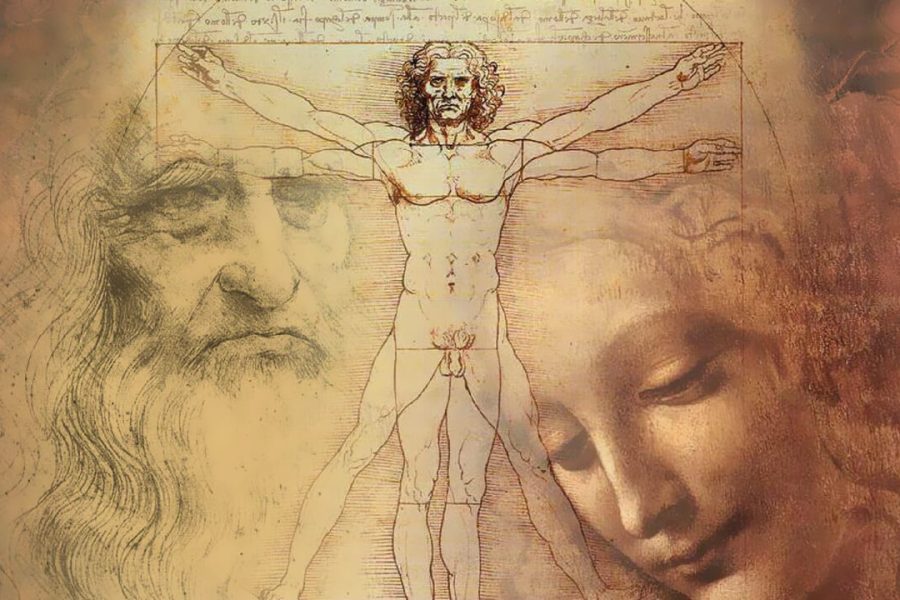




Оставить Комментарий